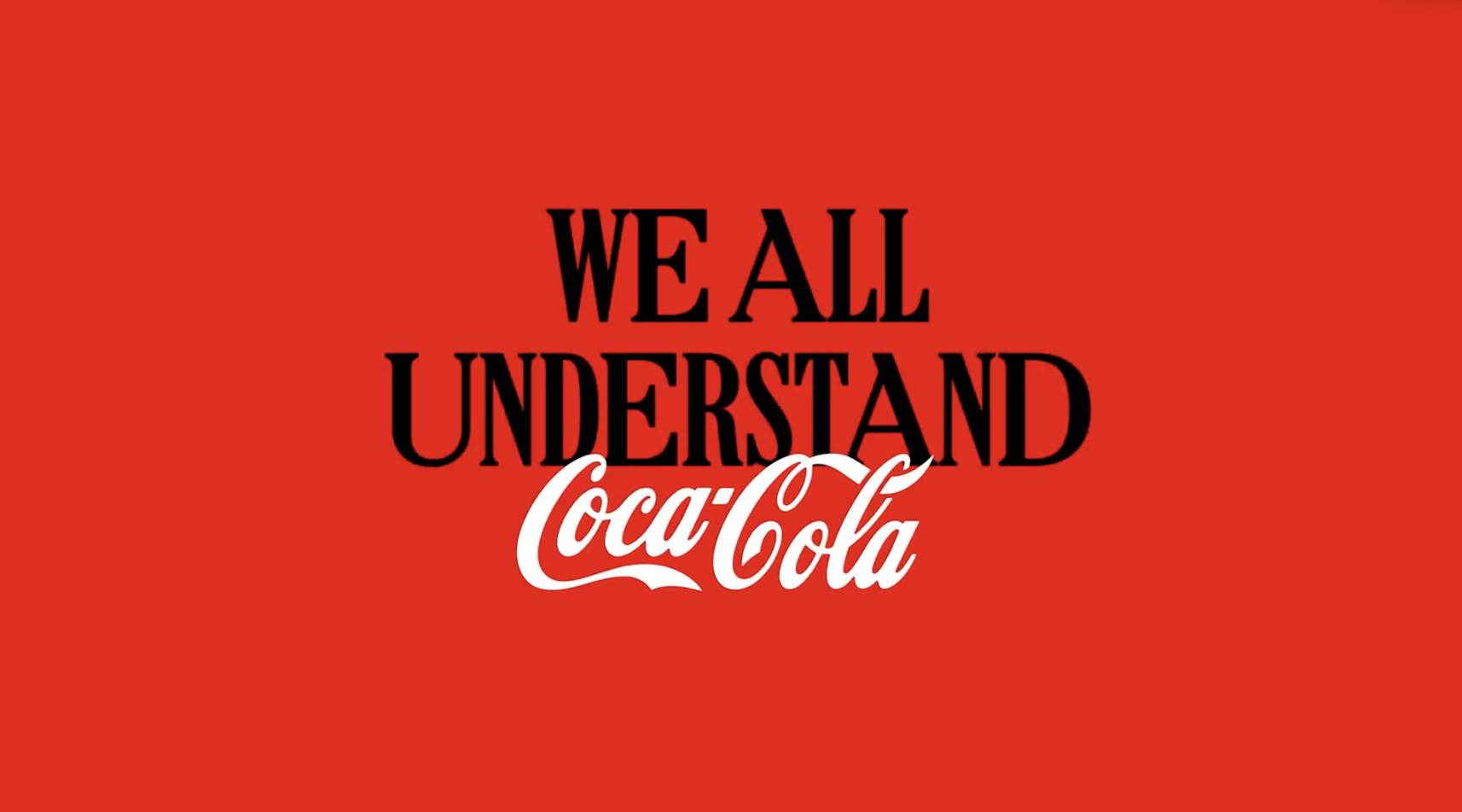In a world where audiences are more diverse—and more connected—than ever, the brands that stand out are the ones that truly listen. Companies like McDonald’s and Coca-Cola have shown that marketing rooted in cultural understanding can spark something deeper than brand loyalty: emotional resonance. This blog explores why multicultural campaigns matter—not just for representation, but for creating lasting, meaningful connections that cross cultures and generations.
In my last blog, I shared a bit about where I come from—India—and where life has taken me since. I’ve studied and lived in different parts of the world, and in doing so, I’ve started to see the little patterns that connect us, no matter where we’re from. One of those patterns? The need to feel understood, to feel seen. That realization is something I’ve carried with me into my current role as the first international intern at Nativa, a multicultural marketing agency based in the U.S.
It’s what led me to reflect on the kinds of marketing campaigns that do more than sell—they speak. To cultures, to generations, to memories we forgot we held onto. Multicultural campaigns, when done right, don’t feel like advertising. They feel like recognition.

Mc Donald’s Sweet Connections Campaign
Take McDonald’s Sweet Connections campaign, for example. Launched in 2024, it introduced the Grandma McFlurry—a comforting mix of vanilla soft serve, butterscotch syrup, and crunchy candy bits. Sounds simple. But behind the product was something much deeper: a tribute to the quiet, everyday love of grandmothers. You know that feeling—how they always had something sweet tucked away, how they remembered what you liked even when you didn’t ask.
What made the campaign even more meaningful was its use of AI. Families could record short video messages and instantly translate them into over 30 languages. It was designed to bridge a gap many families know too well—between American-born kids and immigrant grandparents who speak different languages. In just two and a half weeks, the Grandma McFlurry sold out. The campaign’s website had over 145,000 visitors in its first week. But the numbers aren’t what stayed with me—it was the emotion behind them.
Coca Cola Campaign- We all understand Coca- Cola
Then there’s Coca-Cola. Their 2025 campaign reminded me just how powerful a brand can be when it understands its place in people’s lives. The message was simple: no matter what language you speak, or which direction you read in, the name “Coca-Cola” is understood. I remember being in Japan, unsure of the language, unsure of the signs—and still being able to order a Coke. Something about that moment stuck with me. It felt like common ground in an unfamiliar place.
The campaign leaned into that feeling. It encouraged people around the world to share their Coca-Cola memories—proof that sometimes, a name isn’t just a name. It’s a bridge. And with over 80% of Coca-Cola’s profits now coming from outside the U.S., the numbers show what the stories already knew: connection scales.
Both of these campaigns—McDonald’s and Coca-Cola—serve as reminders that marketing isn’t just about visibility. It’s about relatability. When people see themselves, their families, their cultures reflected in a brand’s story, something shifts. The message lands. The memory sticks and maybe, just maybe, we feel a little more at home in the world.





